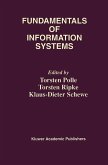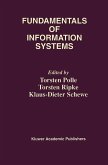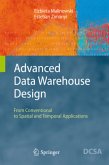Climate and Environmental Database Systems contains the papers presented at the Second International Workshop on Climate and Environmental Database Systems, held November 21-23, 1995, in Hamburg, Germany.
Climate and environmental data may be separated into two classes, large amounts of well structured data and smaller amounts of less structured data. The large amounts are produced by numerical climate models and by satellites, handling data in the order of magnitude of 100 Tbytes for the climate modelling sites and 1000 Tbytes for the recording and processing of satellite data. Smaller amounts of poorly structured data are the environmental data, which come mainly from observations and measurements. Present-day problems in data management are connected with a variety of data types.
Climate and Environmental Database Systems addresses the state of the art, practical experience, and future perspectives for climate and environmental database systems, and may be used as a text for a graduate level course on the subject or as a reference for researchers or practitioners in industry.
Climate and environmental data may be separated into two classes, large amounts of well structured data and smaller amounts of less structured data. The large amounts are produced by numerical climate models and by satellites, handling data in the order of magnitude of 100 Tbytes for the climate modelling sites and 1000 Tbytes for the recording and processing of satellite data. Smaller amounts of poorly structured data are the environmental data, which come mainly from observations and measurements. Present-day problems in data management are connected with a variety of data types.
Climate and Environmental Database Systems addresses the state of the art, practical experience, and future perspectives for climate and environmental database systems, and may be used as a text for a graduate level course on the subject or as a reference for researchers or practitioners in industry.









